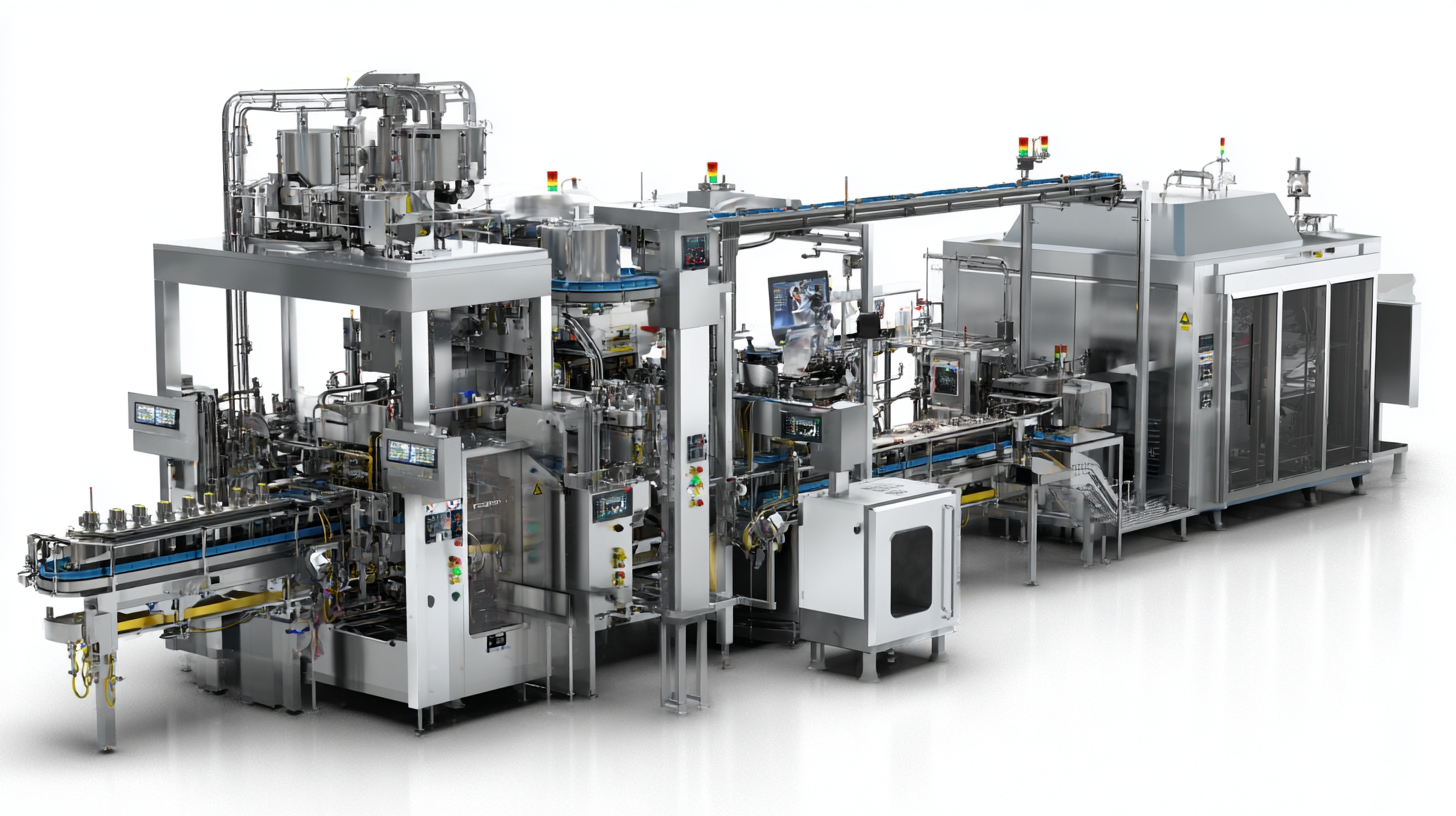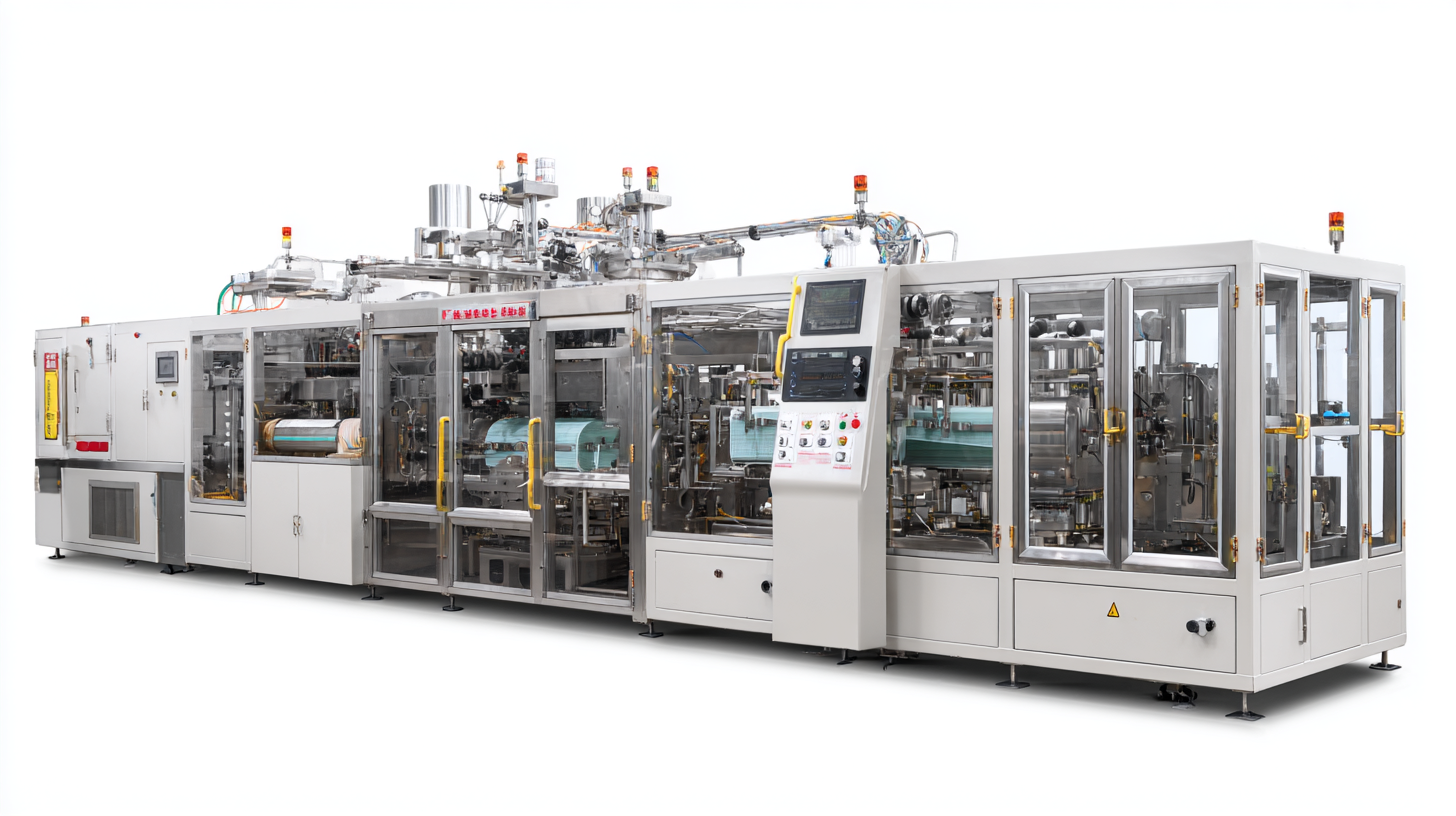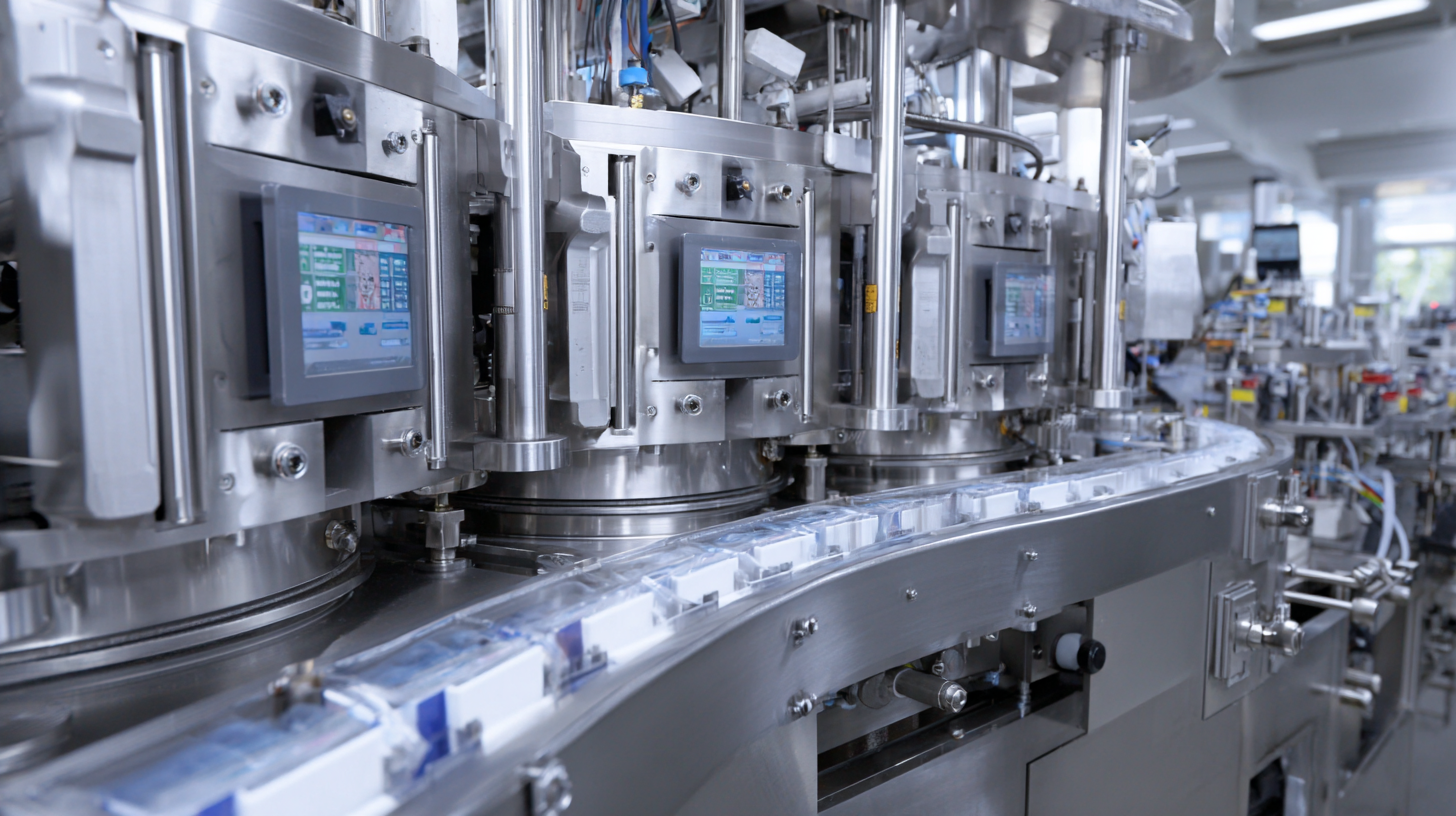The Evolution of Pouch Filling Machines Shaping the Future of Packaging Industry
The landscape of the packaging industry has undergone significant transformation over the years, particularly with the advancement of pouch filling machines. According to a recent report by MarketsandMarkets, the global pouch packaging market is expected to reach USD 51.98 billion by 2027, growing at a CAGR of 4.9% from 2022. This growth is driven by the increasing demand for flexible packaging solutions, which pouch filling machines provide efficiently. As manufacturers continue to innovate, these machines are becoming more sophisticated, incorporating technology such as automation and smart features that enhance production efficiency and reduce operational costs. With China's presence as a leading supplier of high-quality pouch filling machines, the country is poised to set trends in this evolving sector, catering to diverse industries from food and beverage to pharmaceuticals. This blog delves into the evolution of pouch filling machines and their pivotal role in shaping the future of the packaging industry.

The Importance of Quality in Packaging: A Chinese Perspective
In the rapidly advancing packaging industry, quality remains a cornerstone, particularly from a Chinese perspective. According to a report by Smithers Pira, the global packaging market is expected to reach $1 trillion by 2024, with a significant portion driven by innovations in machinery, including pouch filling systems. These systems have evolved to meet stringent quality standards, essential for food and pharmaceutical sectors where consumer safety is paramount. A focus on precision and reliability ensures that products maintain their integrity from production to sale.

To enhance packaging quality, manufacturers are encouraged to adopt a robust quality control protocol that includes regular machine maintenance and calibration. Implementing automated inspection systems can significantly improve accuracy, reducing the risk of defects by up to 30%, as reported by a recent Deloitte study. Furthermore, investing in advanced materials that enhance durability and shelf life is crucial in meeting the increasing demands for sustainability and efficiency.
As the industry embraces smart technology, understanding the local market needs in China is vital. Leveraging data analytics to predict consumer trends can provide a competitive edge. It is advisable for producers to stay informed about regulatory changes and consumer preferences to align their packaging solutions accordingly. By prioritizing quality, manufacturers not only comply with regulations but also build brand loyalty in an increasingly discerning marketplace.
Technological Innovations Driving Pouch Filling Machine Advancements
The pouch filling machine sector is witnessing rapid advancements driven by technological innovations, significantly enhancing efficiency and precision in the packaging industry. According to a recent report by MarketsandMarkets, the global pouch filling machine market is projected to grow from $4.3 billion in 2022 to $6.1 billion by 2027, at a CAGR of 7.3%. This growth can be attributed to the increasing demand for ready-to-eat food products and the rising trend of flexible packaging solutions.

Innovations such as servo-driven systems, artificial intelligence, and automation are transforming pouch filling processes. Advanced servo technology allows for precise control over filling speeds and volumes, reducing waste and improving product consistency. Furthermore, AI-powered analytics provide valuable insights into operational efficiency, enabling manufacturers to optimize their workflows and reduce downtime. A study from Technavio indicates that automation in pouch filling machines can reduce labor costs by up to 25%, making it an attractive investment for companies looking to enhance productivity while maintaining quality standards. These advancements are not only shaping the future of pouch filling machines but are also setting new benchmarks for the entire packaging industry.
Global Trends in the Packaging Industry and China's Competitive Edge
The global packaging industry is undergoing significant transformation, with the pouch filling machine segment leading the charge. According to a report by Mordor Intelligence, the global packaging market is expected to grow at a CAGR of 4.5% from 2021 to 2026, reflecting an increasing demand for efficient and sustainable packaging solutions. This trend is prominently visible in pouches, favored for their lightweight nature and lower carbon footprint compared to traditional packaging options.
China, with its robust manufacturing infrastructure and technological advancements, is well-positioned to leverage these global trends. The Chinese packaging market is predicted to reach approximately $300 billion by 2025, driven by innovations in automation and smart packaging technologies. As noted by a recent analysis from Research and Markets, China holds a competitive edge, accounting for over 28% of the global packaging production. Local companies are increasingly adopting pouch filling machines that incorporate advanced features like AI and IoT integration, enhancing efficiency and reducing waste, thereby setting new benchmarks in the industry.
Sustainability Practices in Pouch Filling Machinery
The packaging industry is undergoing significant transformations driven by sustainability practices, particularly in the realm of pouch filling machinery. According to a recent report by Smithers Pira, the global sustainable packaging market is expected to reach USD 1 trillion by 2027, largely due to consumer demand for eco-friendly solutions. Pouch filling machines, which are integral to this sector, are evolving to support these practices through the adoption of biodegradable and recyclable materials, thereby reducing waste and environmental impact.
Modern pouch filling machines are increasingly designed with energy efficiency in mind, utilizing advanced technology that minimizes power consumption during operations. For instance, a study from the Association of Plastic Recyclers indicates that using automated systems can reduce energy usage by up to 30% compared to traditional methods. Furthermore, innovations such as integrated recycling capabilities allow manufacturers to process and reintroduce materials back into the production line, enhancing circular economy initiatives within the packaging landscape. By focusing on sustainability, pouch filling machinery not only aligns with regulatory demands but also meets the growing expectations of environmentally conscious consumers.
The Evolution of Pouch Filling Machines: Sustainability Practices in Pouch Filling Machinery
The Future of Automation in the Packaging Sector: Opportunities and Challenges
The packaging industry is on the brink of a significant transformation, propelled by advancements in automation technologies. According to market analysis, the bulk container packaging market is projected to reach a value of $3.635 billion by 2025, with an impressive growth rate forecasted to hit $6.778 billion by 2033, representing a compound annual growth rate (CAGR) of 8.1%. This escalating demand highlights the necessity for manufacturers to adopt automated solutions that enhance efficiency and reduce operational costs.
As automation continues to reshape the packaging sector, implementing robotic systems becomes essential. The robot motor market, valued at approximately $13.964 billion in 2024, is expected to rise to $18.923 billion by 2032, driven by a CAGR of 3.8%. Entrepreneurs should prioritize integrating robotic technology to streamline production lines, improve packaging accuracy, and respond adeptly to changing consumer demands.
Tip: Consider investing in smart packaging solutions that can provide real-time data analytics, enabling better inventory management and customer insight. Additionally, fostering a culture of continuous learning within your workforce can significantly enhance operational resilience, preparing your business for the evolving landscape of the packaging industry.
